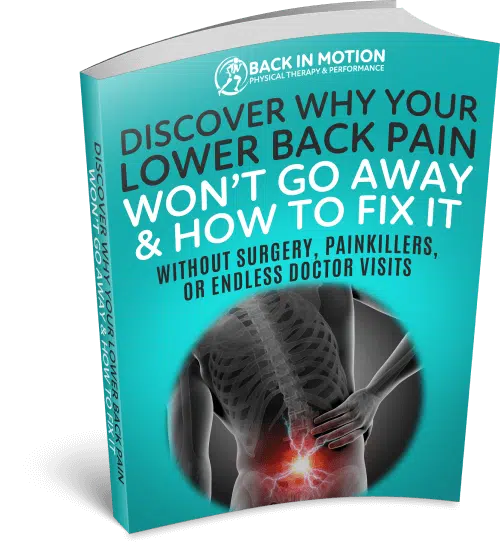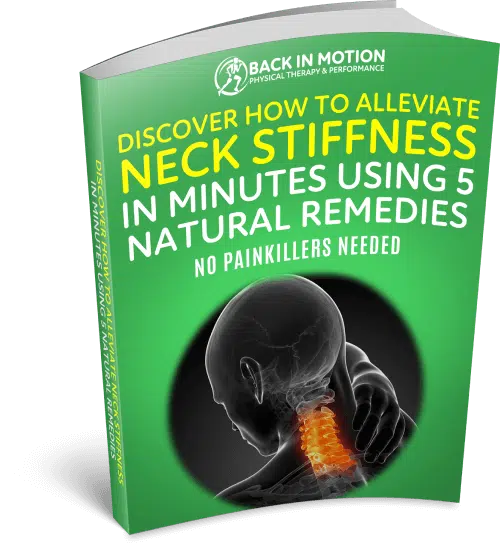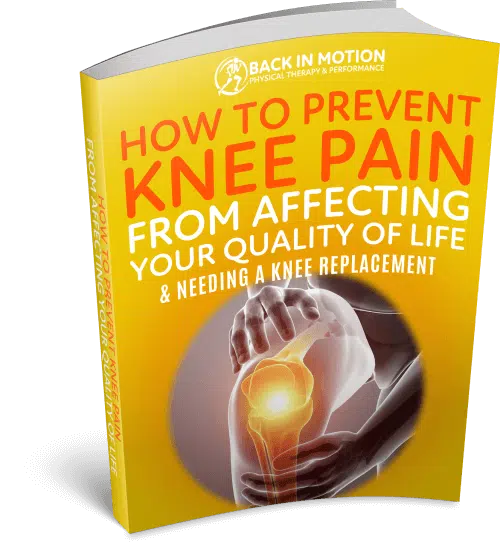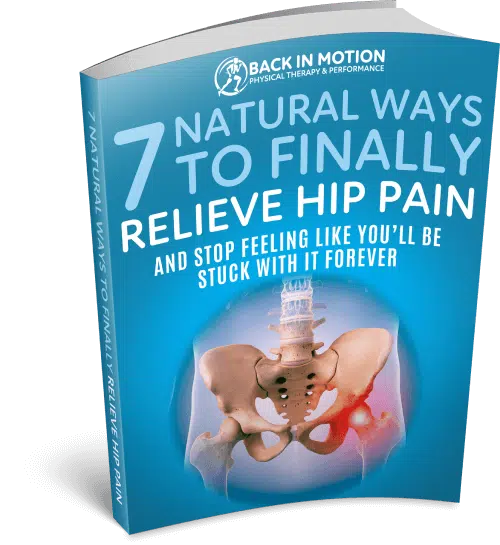Common Sports Injuries: Tennis & Golfer’s Elbow
Sports that involve repetitive swinging motions place significant stress on the elbow joint. Tennis and golfer’s elbow are common conditions among athletes, characterized by damage to the tendons in the elbow. While these conditions are frequently associated with racquet sports like tennis and golf, they can affect individuals in various professions that involve repetitive elbow movements. In this comprehensive guide, we will delve into the causes, symptoms, and treatment options for tennis and golfer’s elbow. We will also explore preventive measures and the role of sports physical therapists in facilitating a quick and pain-free return to sport.
Understanding Tennis and Golfer’s Elbow
Tennis and golfer’s elbow are distinct conditions, each with its set of symptoms and affected areas. The primary difference between the two lies in the location of pain:
-
Tennis Elbow (Lateral Epicondylitis): Tennis elbow is characterized by pain and weakness on the outside of the elbow, which may radiate to the wrist. Some common symptoms include:
- Pain when shaking hands with someone
- Pain when gripping an object
- Pain when turning a doorknob
- Pain when holding an object, such as a cup
-
Golfer’s Elbow (Medial Epicondylitis): Golfer’s elbow, on the other hand, causes pain on the inside of the elbow, which can radiate to the inner forearm. Typical symptoms include:
- Weakness in the hand or wrist
- Stiffness, particularly when clenching the fist
- Numbness or tingling that may extend into the fingers, especially the ring or pinky fingers
These symptoms make it relatively easy to distinguish between tennis and golfer’s elbow, especially if they are related to sports activities involving repetitive elbow bending. However, it’s essential to seek proper diagnosis and treatment when experiencing such symptoms to prevent further complications.
Causes of Tennis and Golfer’s Elbow
Both tennis and golfer’s elbow are overuse injuries caused by damage to the tendons in the elbow. The tendons connect the muscles to the bones, and when subjected to excessive stress, they can become inflamed and painful. The primary causes of these conditions include:
-
Poor Technique: Inadequate swinging technique in sports like tennis, golf, baseball, and racquetball can lead to excessive stress on the elbow tendons, causing damage over time.
-
Inadequate Warm-Up: Failing to warm up properly before engaging in sports or activities involving repetitive elbow movements increases the risk of tendon injuries.
-
Sudden Increase in Duration or Intensity: A sudden increase in the duration or intensity of physical activity can strain the tendons, making them more susceptible to injury.
-
Professions Requiring Repetitive Elbow Movements: Individuals in professions like painting, plumbing, cooking, construction work, and gardening are at a higher risk of developing tennis or golfer’s elbow due to their repeated elbow motions.
Sports and Activities Predisposing to Tennis and Golfer’s Elbow
Tennis and golfer’s elbow are most commonly associated with racquet sports like tennis and golf, but they can also affect individuals engaged in various other sports and activities. Some of these sports and activities include:
-
Baseball: Pitchers and outfielders are prone to overuse injuries in their throwing arms, leading to conditions similar to tennis and golfer’s elbow.
-
Football: Quarterbacks and receivers may experience similar elbow problems due to the repetitive throwing and catching motions involved in the sport.
-
Racquetball: Like tennis and golf, racquetball involves repetitive swinging movements, increasing the risk of elbow injuries.
-
Archery: The continuous drawing of a bowstring in archery can strain the elbow tendons, leading to overuse injuries.
-
Weightlifting: Weightlifters can develop tennis or golfer’s elbow if they do not maintain proper form or engage in excessive lifting.
-
Fencing: Fencers frequently use their dominant arm in repetitive movements, which can lead to elbow injuries.
Preventing Tennis and Golfer’s Elbow
Prevention is crucial in avoiding the development of tennis and golfer’s elbow. Whether you are an athlete or engaged in a profession that involves repetitive elbow movements, here are some measures to reduce the risk:
-
Proper Technique: Learn and maintain proper technique in your sport or profession to reduce strain on the elbow tendons.
-
Warm-Up: Always warm up adequately before engaging in physical activity, paying specific attention to the muscles and joints involved in your sport.
-
Gradual Progression: Avoid sudden increases in the duration or intensity of your activities, allowing your body to adapt gradually.
-
Strength and Flexibility: Maintain good overall strength and flexibility, focusing on not just the elbow but also the surrounding muscles and joints.
-
Gear and Equipment: Ensure that your equipment is suitable and well-maintained to minimize stress on the elbow.
-
Rest and Recovery: Adequate rest and recovery time between activities are essential for preventing overuse injuries.
-
Consult a Professional: If you are unsure about your technique or experience persistent discomfort, consult a coach or healthcare professional for guidance.
Treatment for Tennis and Golfer’s Elbow
If you do develop tennis or golfer’s elbow, prompt and appropriate treatment is essential for a full recovery. The goal of treatment is to improve the range of motion, reduce inflammation, and strengthen the affected muscles.
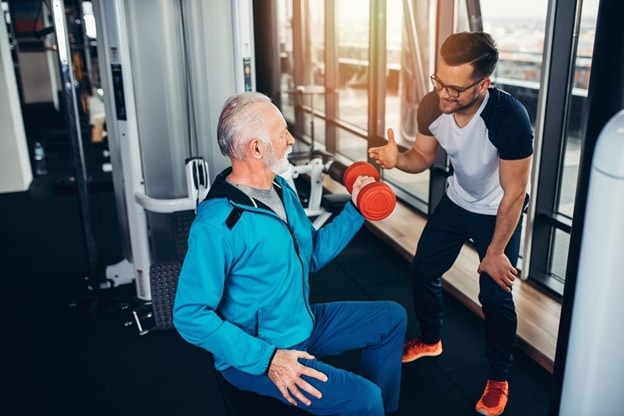
-
Rest and Ice: In the initial stage of treatment, it’s important to rest the affected elbow completely and apply ice about once an hour for the first 72 hours. This helps reduce pain-causing inflammation.
-
Gentle Stretching: After the initial rest and ice period, gentle stretching exercises can begin to improve range of motion. These exercises should be performed under the guidance of a healthcare professional.
-
Strengthening Exercises: Strengthening the affected muscles is crucial for a full recovery. In some cases, weakness in other areas of the body, such as the hip or upper back, can contribute to improper swinging posture. Identifying and addressing these weaknesses is an important part of the rehabilitation process.
-
Manual Therapy: Some advanced physical therapists can perform various manual therapy techniques to expedite the recovery process. This may include myofascial release and techniques to mobilize stiff joints.
-
Mobility Exercises: Proper joint mobility is essential to prevent further strain on the elbow tendons. Mobility exercises can help increase the range of motion in your joints, improving stability and strength.
-
Stretching Exercises: Stiffness is a common issue in cases of tennis and golfer’s elbow. Physical therapists are well-versed in stretching exercises that target specific areas to alleviate stiffness, reducing pain and facilitating a smoother swing.
-
Gear Assessment and Taping: A sports physical therapist can assess your current gear and sports attire to recommend equipment that reduces the risk of injury. Sports bands and compression sleeves can provide support and alleviate pain. Correct taping techniques can also be used to support the affected muscles and joints.
Healing time will depend on the severity of your injury and lifestyle factors such as age and diet. The easiest and quickest way to heal your injury is to search for a “Sports Injury Specialist in Fort Myers, FL” and visit a top-rated elbow specialist in your area.
Expediting Your Return to Sports
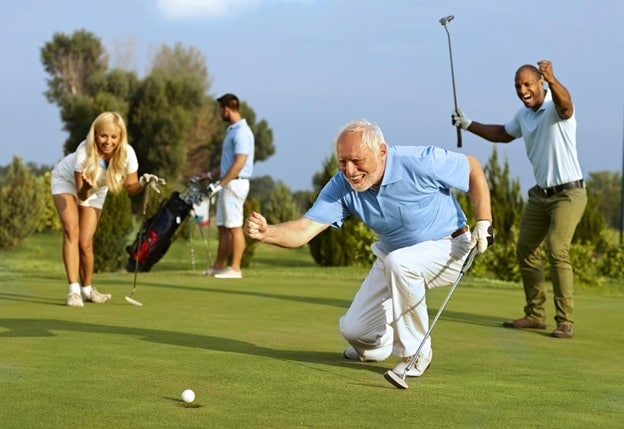
For those eager to expedite their return to sports, seeking the expertise of a sports physical therapist is the wisest course of action. These specialized professionals not only accelerate your rehabilitation but also pinpoint and address the underlying factors contributing to your tennis or golfer’s elbow.
Our team at Back in Motion Physical Therapy & Performance has earned a top-tier reputation in Southwest Florida for their proficiency in managing sports-related ailments, including tennis and golfer’s elbow. To kickstart your journey back to peak performance, consider scheduling an appointment with one of our highly skilled sports physical therapists. Their specialized knowledge and dedication to your swift rehabilitation will be your ticket back into the game!
[/fusion_text][/fusion_builder_column][/fusion_builder_row][/fusion_builder_container]
Sports that involve repetitive swinging motions place significant stress on the elbow joint. Tennis and golfer’s elbow are common conditions among athletes, characterized by damage to the tendons in the elbow. While these conditions are frequently associated with racquet sports like tennis and golf, they can affect individuals in various professions that involve repetitive elbow movements. In this comprehensive guide, we will delve into the causes, symptoms, and treatment options for tennis and golfer’s elbow. We will also explore preventive measures and the role of sports physical therapists in facilitating a quick and pain-free return to sport.
Understanding Tennis and Golfer’s Elbow
Tennis and golfer’s elbow are distinct conditions, each with its set of symptoms and affected areas. The primary difference between the two lies in the location of pain:
-
Tennis Elbow (Lateral Epicondylitis): Tennis elbow is characterized by pain and weakness on the outside of the elbow, which may radiate to the wrist. Some common symptoms include:
- Pain when shaking hands with someone
- Pain when gripping an object
- Pain when turning a doorknob
- Pain when holding an object, such as a cup
-
Golfer’s Elbow (Medial Epicondylitis): Golfer’s elbow, on the other hand, causes pain on the inside of the elbow, which can radiate to the inner forearm. Typical symptoms include:
- Weakness in the hand or wrist
- Stiffness, particularly when clenching the fist
- Numbness or tingling that may extend into the fingers, especially the ring or pinky fingers
These symptoms make it relatively easy to distinguish between tennis and golfer’s elbow, especially if they are related to sports activities involving repetitive elbow bending. However, it’s essential to seek proper diagnosis and treatment when experiencing such symptoms to prevent further complications.
Causes of Tennis and Golfer’s Elbow
Both tennis and golfer’s elbow are overuse injuries caused by damage to the tendons in the elbow. The tendons connect the muscles to the bones, and when subjected to excessive stress, they can become inflamed and painful. The primary causes of these conditions include:
-
Poor Technique: Inadequate swinging technique in sports like tennis, golf, baseball, and racquetball can lead to excessive stress on the elbow tendons, causing damage over time.
-
Inadequate Warm-Up: Failing to warm up properly before engaging in sports or activities involving repetitive elbow movements increases the risk of tendon injuries.
-
Sudden Increase in Duration or Intensity: A sudden increase in the duration or intensity of physical activity can strain the tendons, making them more susceptible to injury.
-
Professions Requiring Repetitive Elbow Movements: Individuals in professions like painting, plumbing, cooking, construction work, and gardening are at a higher risk of developing tennis or golfer’s elbow due to their repeated elbow motions.
Sports and Activities Predisposing to Tennis and Golfer’s Elbow
Tennis and golfer’s elbow are most commonly associated with racquet sports like tennis and golf, but they can also affect individuals engaged in various other sports and activities. Some of these sports and activities include:
-
Baseball: Pitchers and outfielders are prone to overuse injuries in their throwing arms, leading to conditions similar to tennis and golfer’s elbow.
-
Football: Quarterbacks and receivers may experience similar elbow problems due to the repetitive throwing and catching motions involved in the sport.
-
Racquetball: Like tennis and golf, racquetball involves repetitive swinging movements, increasing the risk of elbow injuries.
-
Archery: The continuous drawing of a bowstring in archery can strain the elbow tendons, leading to overuse injuries.
-
Weightlifting: Weightlifters can develop tennis or golfer’s elbow if they do not maintain proper form or engage in excessive lifting.
-
Fencing: Fencers frequently use their dominant arm in repetitive movements, which can lead to elbow injuries.
Preventing Tennis and Golfer’s Elbow
Prevention is crucial in avoiding the development of tennis and golfer’s elbow. Whether you are an athlete or engaged in a profession that involves repetitive elbow movements, here are some measures to reduce the risk:
-
Proper Technique: Learn and maintain proper technique in your sport or profession to reduce strain on the elbow tendons.
-
Warm-Up: Always warm up adequately before engaging in physical activity, paying specific attention to the muscles and joints involved in your sport.
-
Gradual Progression: Avoid sudden increases in the duration or intensity of your activities, allowing your body to adapt gradually.
-
Strength and Flexibility: Maintain good overall strength and flexibility, focusing on not just the elbow but also the surrounding muscles and joints.
-
Gear and Equipment: Ensure that your equipment is suitable and well-maintained to minimize stress on the elbow.
-
Rest and Recovery: Adequate rest and recovery time between activities are essential for preventing overuse injuries.
-
Consult a Professional: If you are unsure about your technique or experience persistent discomfort, consult a coach or healthcare professional for guidance.
Treatment for Tennis and Golfer’s Elbow
If you do develop tennis or golfer’s elbow, prompt and appropriate treatment is essential for a full recovery. The goal of treatment is to improve the range of motion, reduce inflammation, and strengthen the affected muscles.

-
Rest and Ice: In the initial stage of treatment, it’s important to rest the affected elbow completely and apply ice about once an hour for the first 72 hours. This helps reduce pain-causing inflammation.
-
Gentle Stretching: After the initial rest and ice period, gentle stretching exercises can begin to improve range of motion. These exercises should be performed under the guidance of a healthcare professional.
-
Strengthening Exercises: Strengthening the affected muscles is crucial for a full recovery. In some cases, weakness in other areas of the body, such as the hip or upper back, can contribute to improper swinging posture. Identifying and addressing these weaknesses is an important part of the rehabilitation process.
-
Manual Therapy: Some advanced physical therapists can perform various manual therapy techniques to expedite the recovery process. This may include myofascial release and techniques to mobilize stiff joints.
-
Mobility Exercises: Proper joint mobility is essential to prevent further strain on the elbow tendons. Mobility exercises can help increase the range of motion in your joints, improving stability and strength.
-
Stretching Exercises: Stiffness is a common issue in cases of tennis and golfer’s elbow. Physical therapists are well-versed in stretching exercises that target specific areas to alleviate stiffness, reducing pain and facilitating a smoother swing.
-
Gear Assessment and Taping: A sports physical therapist can assess your current gear and sports attire to recommend equipment that reduces the risk of injury. Sports bands and compression sleeves can provide support and alleviate pain. Correct taping techniques can also be used to support the affected muscles and joints.
Healing time will depend on the severity of your injury and lifestyle factors such as age and diet. The easiest and quickest way to heal your injury is to search for a “Sports Injury Specialist in Fort Myers, FL” and visit a top-rated elbow specialist in your area.
Expediting Your Return to Sports

For those eager to expedite their return to sports, seeking the expertise of a sports physical therapist is the wisest course of action. These specialized professionals not only accelerate your rehabilitation but also pinpoint and address the underlying factors contributing to your tennis or golfer’s elbow.
Our team at Back in Motion Physical Therapy & Performance has earned a top-tier reputation in Southwest Florida for their proficiency in managing sports-related ailments, including tennis and golfer’s elbow. To kickstart your journey back to peak performance, consider scheduling an appointment with one of our highly skilled sports physical therapists. Their specialized knowledge and dedication to your swift rehabilitation will be your ticket back into the game!



